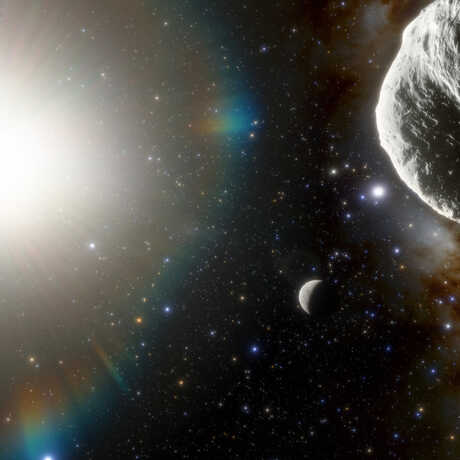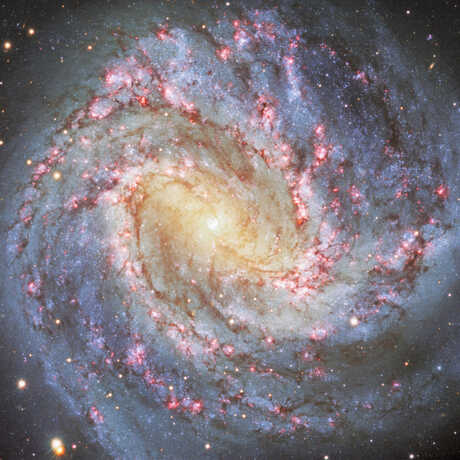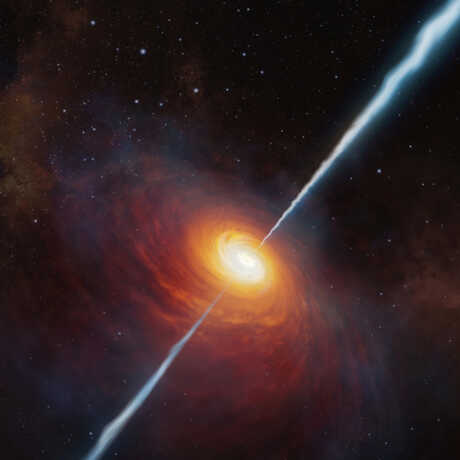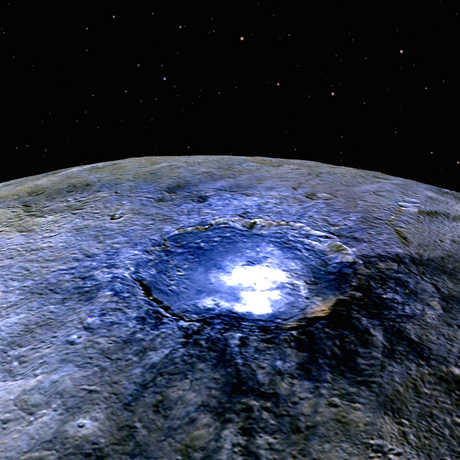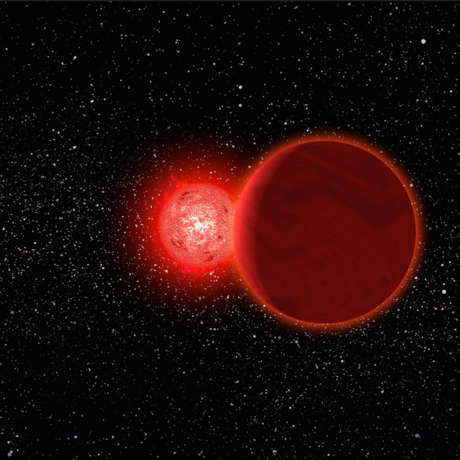Universe Update
Our Last Observation
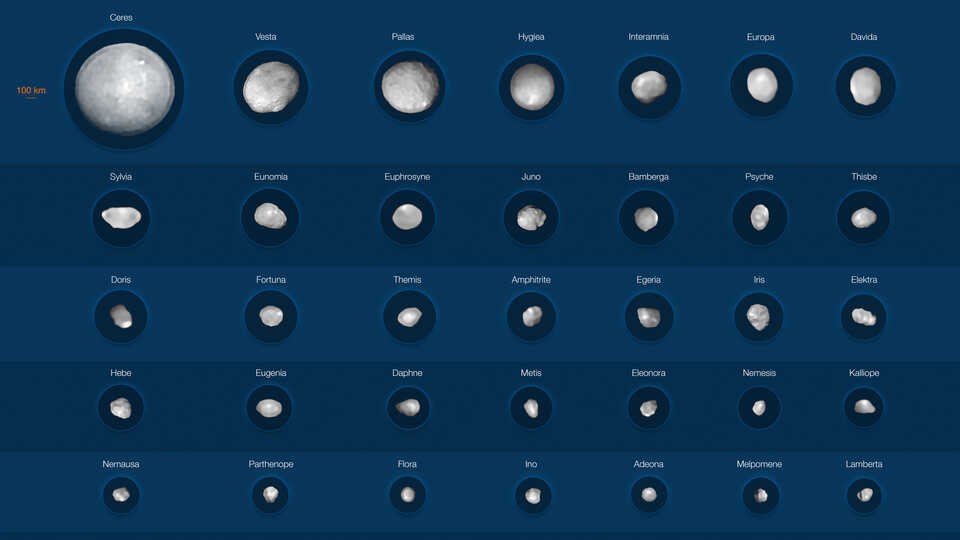
With our new planetarium show opening Friday, this is the last week to catch Big Astronomy: People, Places, Discoveries at Morrison Planetarium. But don’t worry, the show continues to play in planetarium domes all across the country, and even around the world. The project’s website has links to discussions with staff who work at the observatories in Chile, educational resources, and planetariums where you can see the production! (And as an added bonus, Chile is briefly highlighted in Living Worlds, the Morrison production opening November 5.)
Unfortunately, that means that this will be the last Observations article. For the past year, this series has featured news from our favorite Chilean telescopes. Today, we’ll share an update from the Vera C. Rubin Observatory, look at the bevvy of large asteroids recently imaged by ESO’s Very Large Telescope (VLT), and how scientists are looking for life-supporting molecules in young planetary systems using the Atacama Large Millimeter/submillimeter Array (ALMA).
Rubin Observatory’s initial goal is to conduct a 10-year study of the sky that will deliver a huge volume of images and data addressing some of the most pressing questions about the structure and evolution of the Universe, as well as dark energy and dark matter. The telescope is set to go online next year, and to accomplish its goals, it will make use of a really big camera—each image will cover an area 40 times the size of the full Moon!
LSSTCam is apparently up for the job because last month it broke two Guinness World Records. One record goes to the project’s digital camera for having the highest resolution in the world, and the other recognizes the biggest of the camera’s three optical lenses as being the largest in the world. In Big Astronomy, we talk about the extraordinary amount of data Rubin will collect and share—and not just to scientists! Everything will be made available to the public. So in a sense, people around the world will have access to this record-breaking camera, too!
Speaking of images, we’ve all had plenty of opportunities to examine our biggest neighbors in great detail—planets and moons alike. And now, thanks to the VLT, we can see 42 of the largest asteroids in our solar system, too. Unlike the many spaced-based missions to planets, only two missions have visited three of the hundreds of thousands of asteroids out there.
“Only three large main belt asteroids, Ceres, Vesta and Lutetia, have been imaged with a high level of detail so far, as they were visited by the space missions Dawn and Rosetta of NASA and the European Space Agency, respectively,” explains Pierre Vernazza, from the Laboratoire d’Astrophysique de Marseille, who led the asteroid study published last month in Astronomy & Astrophysics. Using the VLT, Vernazza and his team are starting to fill this gap. (And for you Douglas Adams fans, yes, the scientists purposely chose to look at 42 objects since that is the answer to life, the Universe, and everything.)
Most of the 42 objects in their sample are larger than 100 kilometers (62 miles) in size; and in particular, the team imaged nearly all of the belt asteroids larger than 200 kilometers (124 miles). Also, by reconstructing the objects’ shapes, the team realized that the observed asteroids are mainly divided into two families. Some are almost perfectly spherical, such as Hygiea and Ceres, while others have a more peculiar, “elongated” shape, their undisputed queen being the “dog-bone” asteroid Kleopatra. The scientists have also been able to tease out the varying densities of the objects, which suggests the asteroids’ composition varies significantly, giving astronomers important clues about their origin.
Verazza is looking forward to studying smaller asteroids with the upcoming Extremely Large Telescope (ELT), currently under construction in Chile and set to start operations later this decade.
Finally, an international collaboration of scientists using ALMA has completed the most extensive mapping of protoplanetary disks around five nearby young stars, producing high-resoltuion images that capture the molecular composition associated with planetary births. The results are part of the MAPS program, and were recently published in several papers in The Astrophysical Journal Supplement Series. They unlock clues about the role of molecules in planetary system formation, and whether these young planetary systems in the making have what it takes to host life.
“With ALMA we were able to see how molecules are distributed where exoplanets are currently assembling,” said Karin Öberg, an astronomer at the Center for Astrophysics and the principal investigator for MAPS. “One of the really exciting things we saw is that the planet-forming disks around these five young stars are factories of a special class of organic molecules, so-called nitriles, which are implicated in the origins of life here on Earth.”
Astronomer Joe Pesce notes, “Whether life exists beyond Earth is one of humanity’s fundamental questions. We now know planets are found everywhere, and the next step is to determine if they have the conditions necessary for life as we know it (and how common that situation might be). The MAPS program will help us better answer these questions. ALMA’s search for precursors to life far from Earth complements studies conducted in laboratories, and in places like hydrothermal vents on Earth.”
The origins of life here on Earth and elsewhere in the Universe is coincidentally—or not—the subject of our new show, Living Worlds. So come join us soon at Morrison Planetarium!
